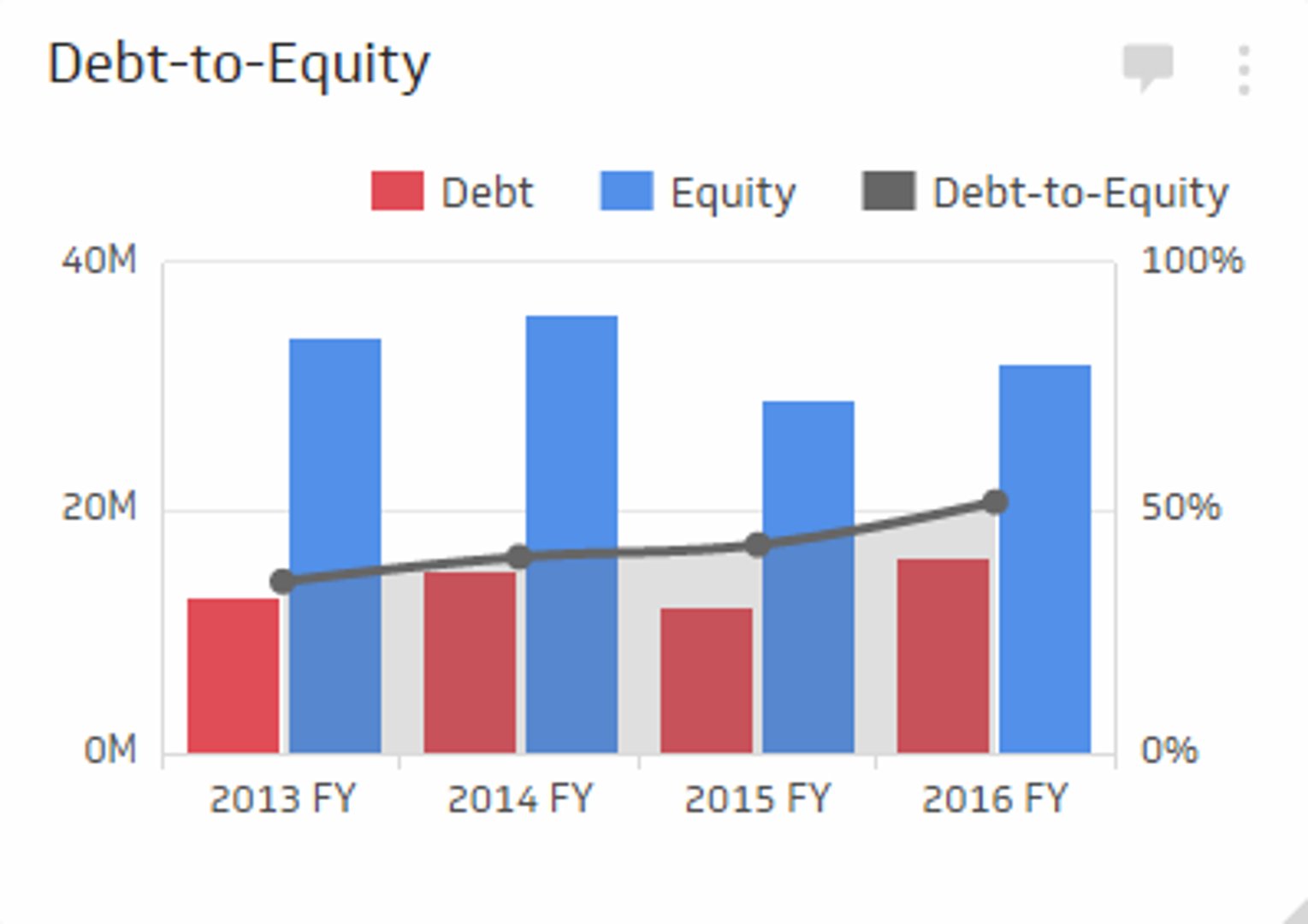
This usually happens when a company is losing money and is not generating enough cash flow to cover its debts. The D/E ratio also gives analysts and investors an idea of how much risk a company is taking on by using debt to finance its operations and growth. The current ratio measures the capacity of a company to pay its short-term obligations in a year or less. Analysts and investors compare the current assets of a company to its current liabilities. Over time, the cost of debt financing is usually lower than the cost of equity financing. This is because when a company takes out a loan, it only has to pay back the principal plus interest.
Company
Businesses often experience decreased revenue during recessions, making it harder to fulfill debt obligations and thus raising the D/E ratio. Those that already have high D/E ratios are the most vulnerable to economic downturns. Even if the business isn’t taking on new debt, declining profits can continue to raise the D/E ratio. “Today, we are witnessing energy companies with strong balance sheets. Management teams have learned the lessons of prior years and have retired a lot of outstanding debt.”
What Does a Negative D/E Ratio Signal?
Banks often have high D/E ratios because they borrow capital, which they loan to customers. However, in this situation, the company is not putting all that cash to work. Investors may become dissatisfied with the lack of investment or they may demand a share of that cash in the form of dividend payments. 3 ways to write a receipt At first glance, this may seem good — after all, the company does not need to worry about paying creditors. If the D/E ratio of a company is negative, it means the liabilities are greater than the assets. They may note that the company has a high D/E ratio and conclude that the risk is too high.
How to Calculate Debt to Equity Ratio (D/E)
Our writing and editorial staff are a team of experts holding advanced financial designations and have written for most major financial media publications. Our work has been directly cited by organizations including Entrepreneur, Business Insider, Investopedia, Forbes, CNBC, and many others. This team of experts helps Finance Strategists maintain the highest level of accuracy and professionalism possible.
By learning to calculate and interpret this ratio, and by considering the industry context and the company’s financial approach, you equip yourself to make smarter financial decisions. Whether evaluating investment options or weighing business risks, the debt to equity ratio is an essential piece of the puzzle. Understanding the debt to equity ratio is essential for anyone dealing with finances, whether you’re an investor, a financial analyst, or a business owner. It shines a light on a company’s financial structure, revealing the balance between debt and equity.
- This team of experts helps Finance Strategists maintain the highest level of accuracy and professionalism possible.
- Not only that, companies with a high debt-to-equity ratio may have a hard time working with other lenders, partners, or even suppliers, who may be afraid they won’t be paid back.
- A debt to equity ratio of 1 would mean that investors and creditors have an equal stake in the business assets.
The energy industry, for example, only recently shifted to a lower debt structure, Graham says. In nutrition science, there’s a theory of metabolic typing that determines what type of macronutrient – protein, fat, carbs or a mix – you run best on. The debt-to-equity ratio is the metabolic typing equivalent for businesses.

The nature of the baking business is to take customer deposits, which are liabilities, on the company’s balance sheet. Like the D/E ratio, all other gearing ratios must be examined in the context of the company’s industry and competitors. And, when analyzing a company’s debt, you would also want to consider how mature the debt is as well as cash flow relative to interest payment expenses.
For growing companies, the D/E ratio indicates how much of the company’s growth is fueled by debt, which investors can then use as a risk measurement tool. The quick ratio measures the capacity of a company to pay its current liabilities without the need to sell its inventory or acquire additional financing. For instance, a company with $200,000 in cash and marketable securities, and $50,000 in liabilities, has a cash ratio of 4.00.
